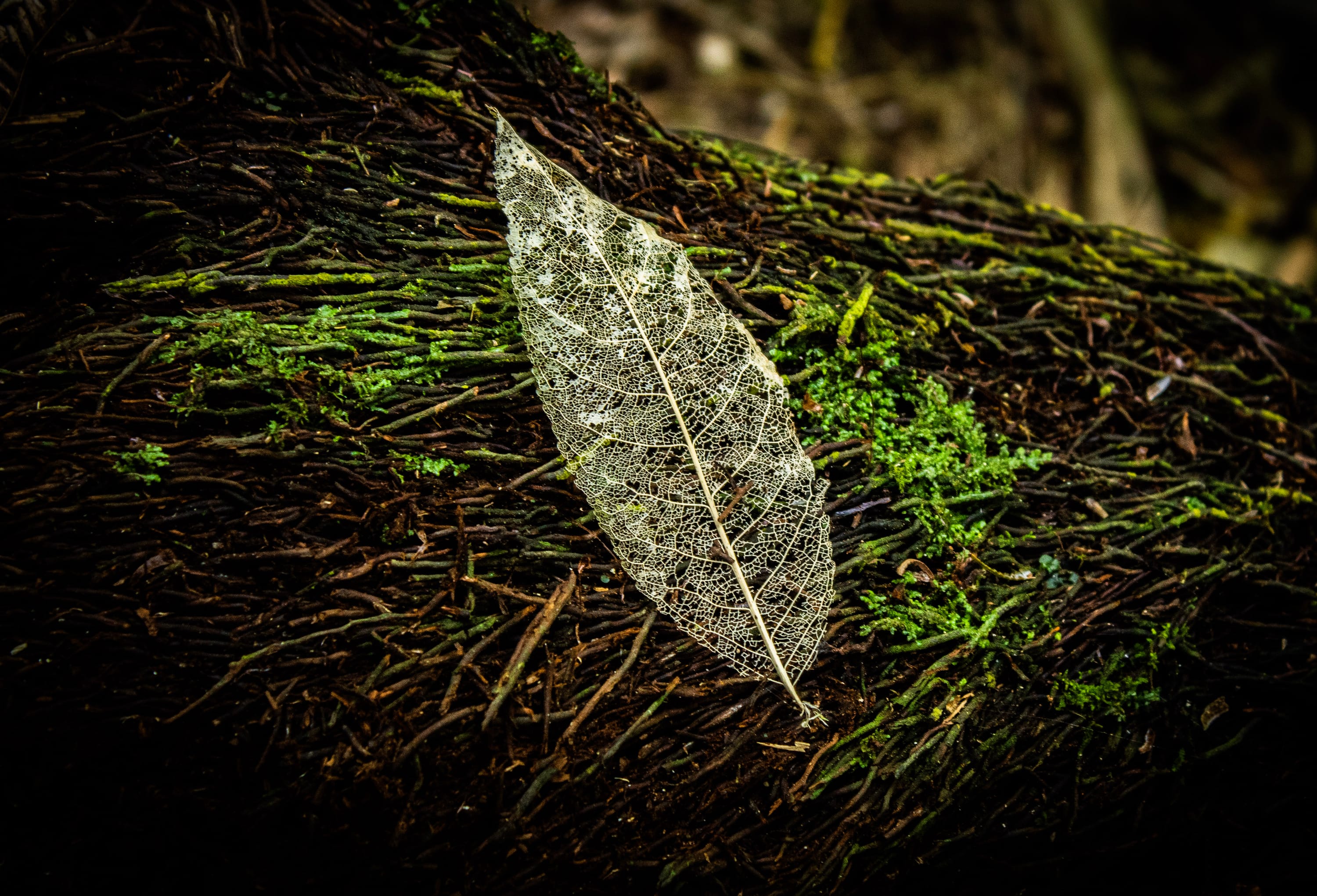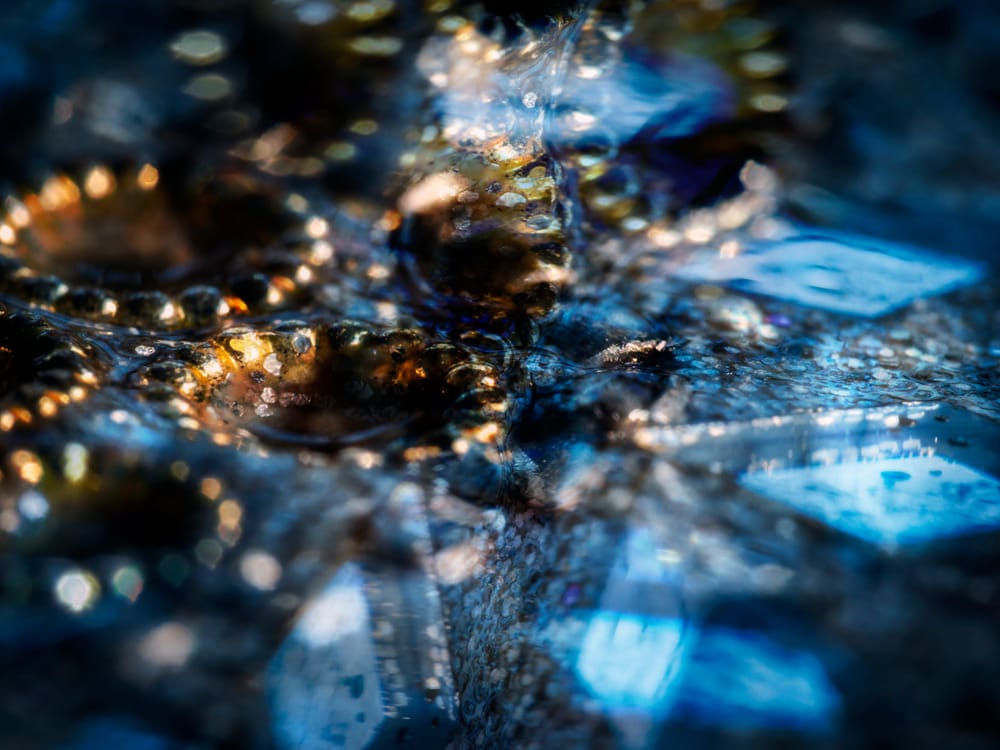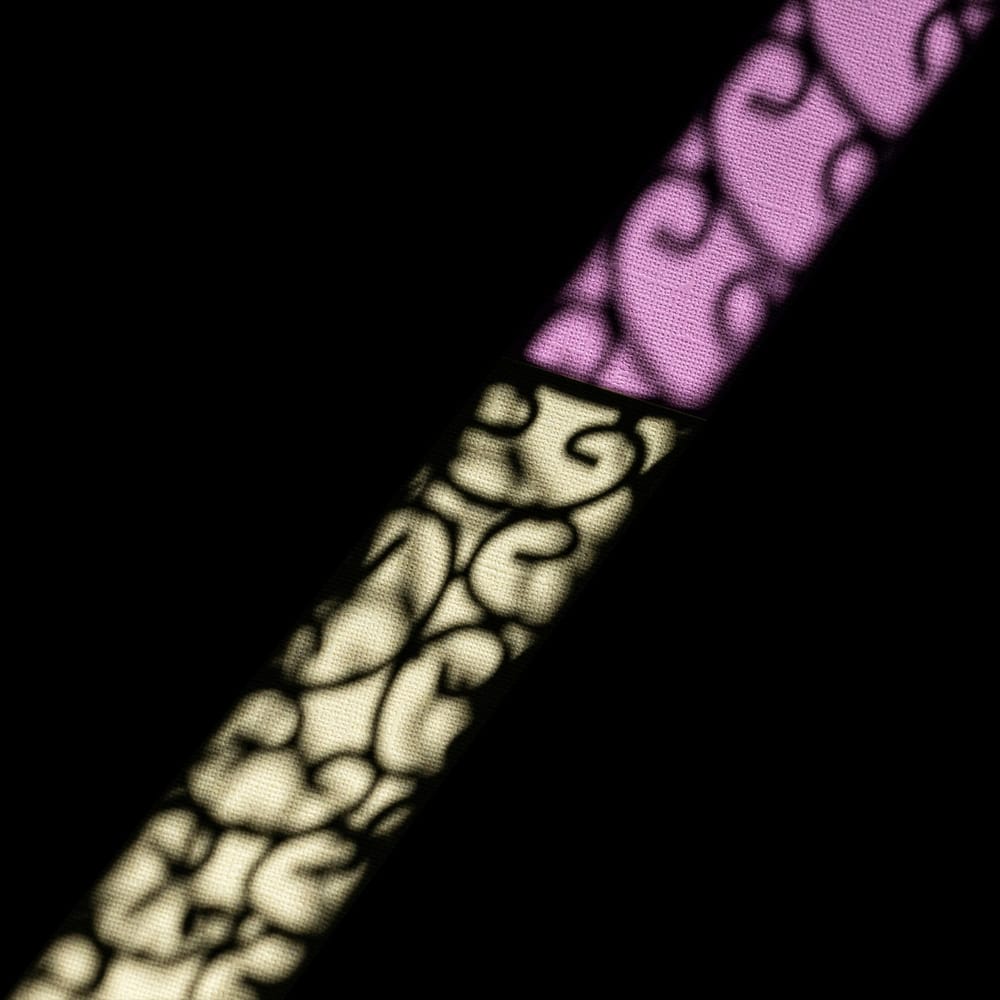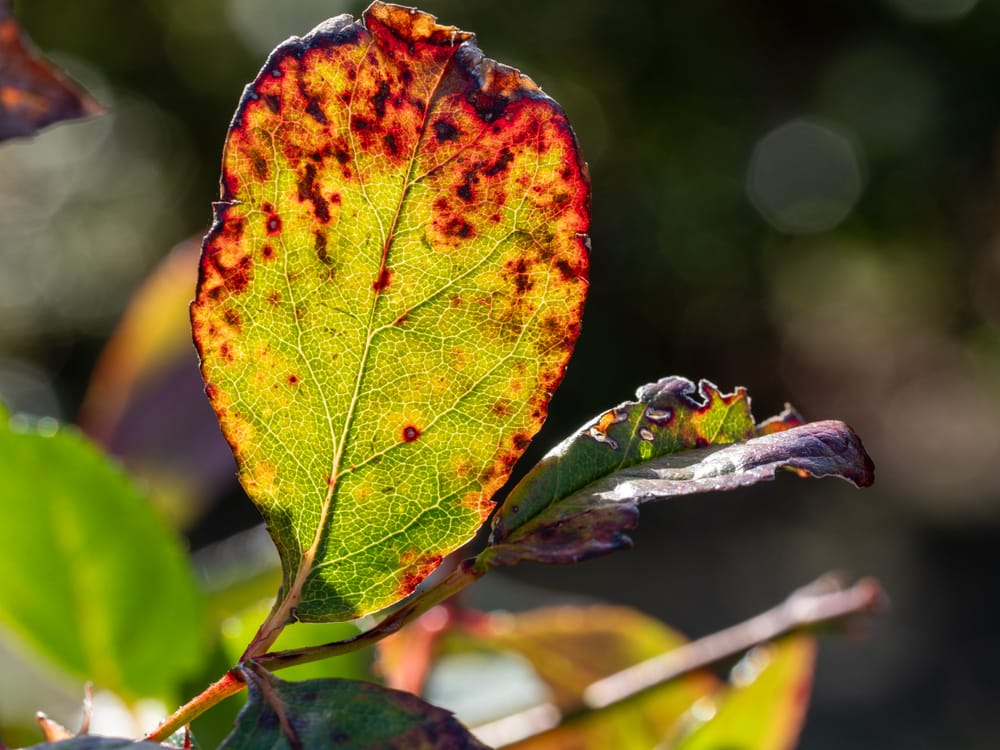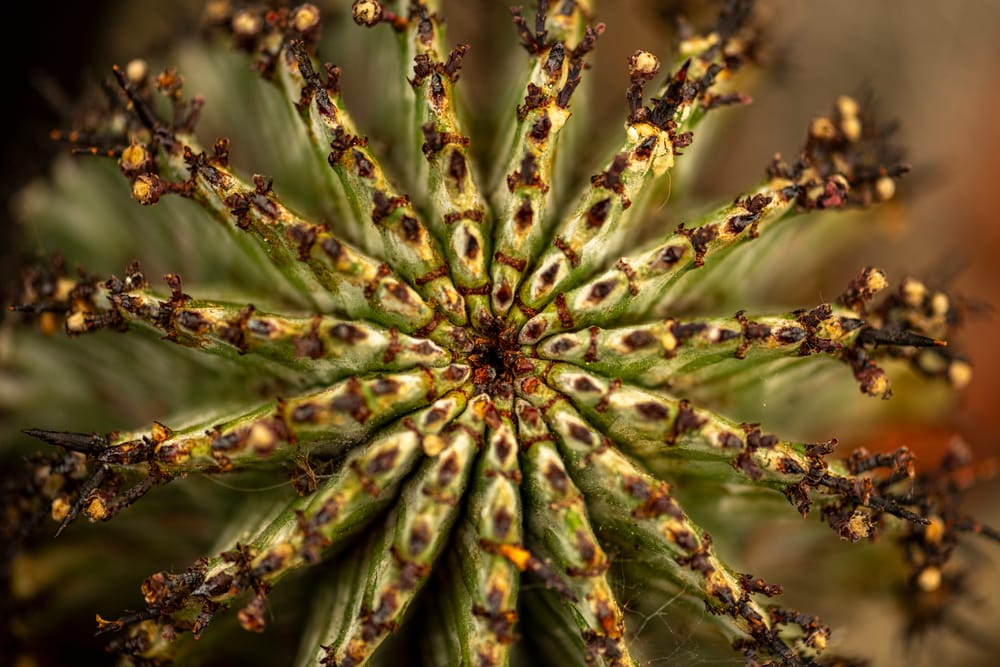By Tushar Sharma
The 'Borrow a camera, adopt a reserve' project by IMAgEN8 is an innovative endeavour that provides students with an exciting opportunity to intimately interact with nature while equipping them with a powerful tool of expression -a camera. Over a six-month journey, they explore their chosen nature reserves, capturing compelling stories about the local flora and fauna. These photographs serve as their artistic voice, highlighting the need for environmental awareness, preservation, and sustainable living. This project is an excellent example of how education, creativity, and environmental consciousness can harmoniously intertwine, fostering a generation that is not only artistically adept but also ecologically sensitive.
In today's digital age, photography has emerged as an exceptional medium to inspire children to reconnect with nature. It not only enhances their observational skills but also stimulates their creativity, turning their attention towards the intricacies and wonders of the natural world. Photography provides a tangible and engaging way to interact with the environment, sparking curiosity and fostering respect for the intricate balance of ecosystems.
Moreover, the act of capturing images instills in children a sense of responsibility towards their surroundings. Each photograph taken is of a moment in time, a snapshot of the environment as it currently stands. These images serve as potent reminders of the beauty we stand to lose if we do not take steps to conserve and protect our natural world. They help raise awareness about environmental issues, highlighting the need for individual and collective action. This interaction with nature through photography encourages children to become stewards of the environment, fostering a new generation of conservationists.
Jessie is a 10-year-old student at St Cuthbert’s College and has been getting her hands, feet, and clothes dirty climbing trees, wading instreams, and lying in mud capturing images in Churchill Park.

“I wanted to join this programme because I really like the natural spaces in our community and take pleasure in visiting them. It seems like people don’t appreciate them or look after them enough, for example, I sometimes see rubbish like chip packets which have blown around and are lying on the ground and no one has bothered to pick them up. This drives me mad. I want to help raise awareness of these important places so that people value them and therefore are more likely to look after them properly. I wanted to adopt Churchill Park because it’s close to where we live and has a good variety of different plants and animals that interest me, e.g., native eels.”, says Jessica.
Churchill Park comprises some 44 hectares located in Glendowie. It principally drains into the Glendowie stream, which in turn flows into the Tamaki estuary. In this park, you will find open pastures on the upper slopes, areas of woodland and bush on the lower slopes and even grazing cattle at times.
Jakob, who is 10 and in his final year at Victoria AvenuePrimary School, was super excited when he got the digital SLR camera, and told his mum that he will carry it with him everywhere. Jakob has adopted Kohimarama Forest, which is a large (2.3 hectare) remnant urban forest that has never been cleared for pasture. The forest is a biodiversity hotspot, hosting an abundance of invertebrates and is a breeding ground for pīwakawaka, kererū, and many other native/endemic bird species.

“I was lucky to be part of the IMAgEN8 workshops last year, where I was introduced to digital photography, and I used it in some beautiful and almost secret places around Auckland. I felt like I was in another world. Since joining KCC (Forest & Bird Kiwi Conservation Club) as well, I have seen how important our environment is and how if we look after things like reserves, we will have beautiful and special places to go and see native birds and plants and streams with other animals such as eels.”, says Jakob.
Jakob has been enthusiastically walking the rough undeveloped trails in the forest capturing images. He even caught a picture of a ruru on one of his walks! He is proud of this photo that he also edited in Adobe Lightroom.
Abby, who is 10 years old and studies at Glendowie School, has adopted Tahuna Torea reserve. She has been keeping her eyes wide open looking for interesting finds in the reserve. She spotted this plague skink on a walk and captured a few images before it scuttled away.
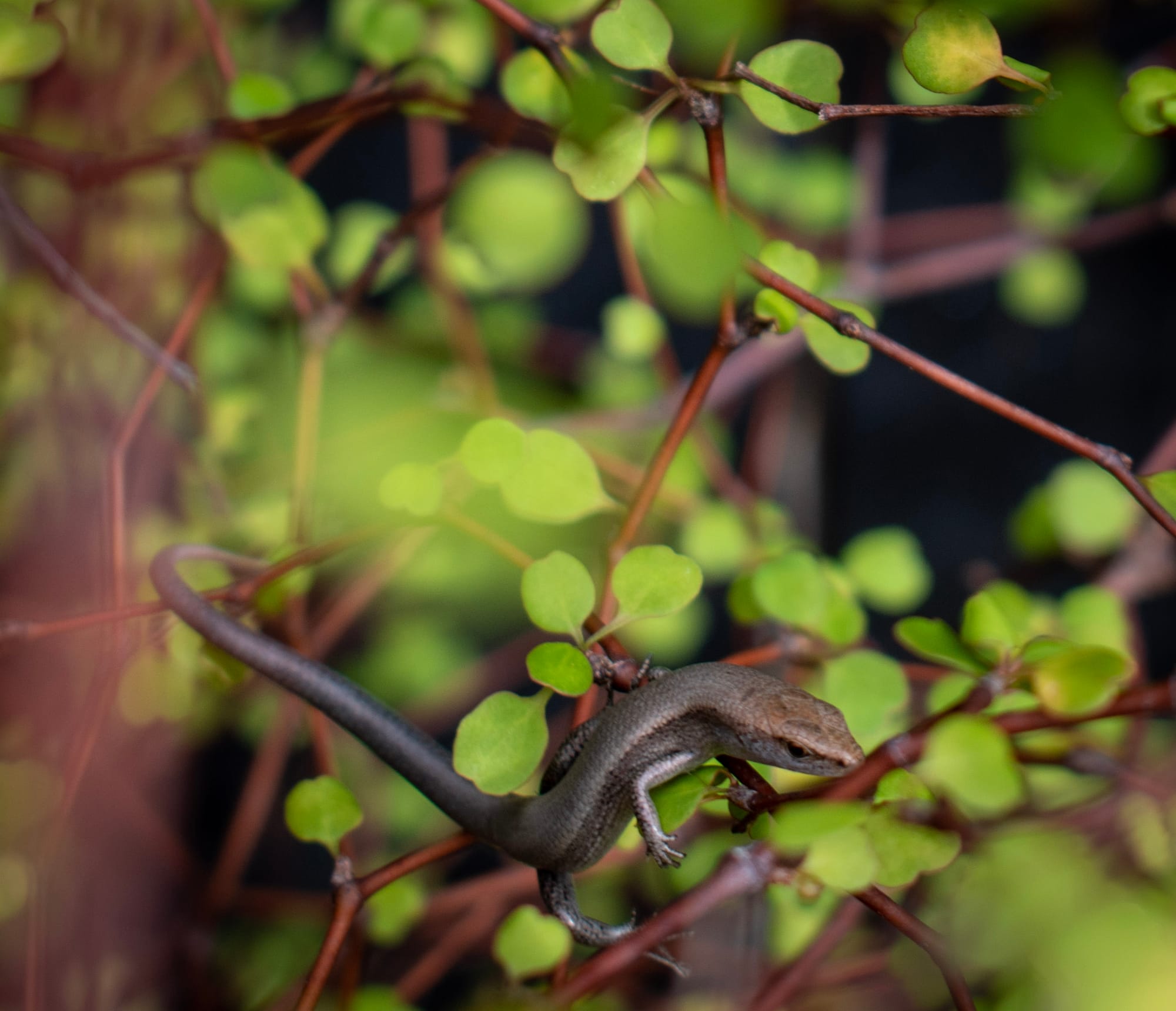
Skinks typically have relatively small legs and no pronounced neck, long tails which they are able to self amputate, and ‘tightfitting’ smooth skin with flat, shiny, overlapping scales. Their cousins, geckos, have ‘saggy’ skin and small granular scales. Skinks can blink, unlike geckos which have a transparent scale in place of eyelids.
“I find photography interesting and fun, and I am passionate about it. I also love nature, and taking photos of the bush, animals, mountains, and water,” says Abby.
Tahuna Torea is a key shorebird roost in the Tāmaki Ecological District. The habitat diversity attracts a wide range of coastal and shorebirds including tōrea(oystercatcher), poaka (pied stilt), kuaka (bar-tailed godwit), tarāpunga (red-billed gulls), kāruhiruhi (pied shags) and matuku (white-faced heron).
Isabel Posada-Hinestroza, who is 9 and part of the Glendowie Montessori programme, has been in love with nature since she was very little. Isabel has participated in many of our workshops and captured some amazing finds that only a young person would have seen.
“I wanted to adopt Tahuna Torea because it's very close to my house, and I enjoy going there with my parents for walks and learning about the birds and plants.”, says Isabel.
Here is an image she captured in the reserve on one of her recent walks.

This is a species of seaweed called codium fragile, known commonly as dead man's fingers. It is found in the low intertidal to subtidal zones around New Zealand at the North Island, South Island, Chatham Islands, Stewart Island, Auckland Island, Campbell Island as well as around the Falkland Islands.
These images are not only art, but also pieces of scientific observation and add to our growing compendium of knowledge about our environment. When we uploaded the images of the plague skink to iNaturalist, it identified it and added the time, location of the observation to the database. If a researcher studying plague skinks was exploring the reserve to examine its biodiversity footprint, they would noticethat plague skinks have been spotted here, providing valuable data for their research. We often forget that photography was invented for scientific exploration and is still a critical tool for observation and documentation.
Our work with students in these nature reserves started 2 years ago when we began organising free workshops in the Orakei area of Auckland. The images captured from over 10photography walks have been put together in our new book, ‘Centres of Wellbeing’. The book will be available for purchase in July 2023.
“Forests are immensely beneficial for our well-being. There is something highly therapeutic about being in the middle of a bush where all you see are trees, and all you hear is flowing water and birds. New Zealand’s national and regional parks area treasure, but we can’t get to them every day. Nature reserves in our cities, like the ones in the eastern suburbs of Auckland, are a treasure for the city. If you live in the neighbourhood, you can walk in the bush if you only have an hour to spare. Well-being from that hour in the forest brings us and everyone we touch great benefit. These nature reserves are ‘Centres of Wellbeing’ in our beautiful peaceful city.” from the book ‘Centres of Wellbeing’.
We are excited to see how these students’ explorative journeys unfold over the next 4 months. They are deepening their bond with these reserves and through that bond, they will be able to share the value of these natural spaces with our community through their photographic stories. If you want to follow their journeys, signup for our email updates or follow our Instagram channel. We will be putting together a special magazine edition in collaboration with Excio later this year to showcase the amazing work these students will have accomplished.

